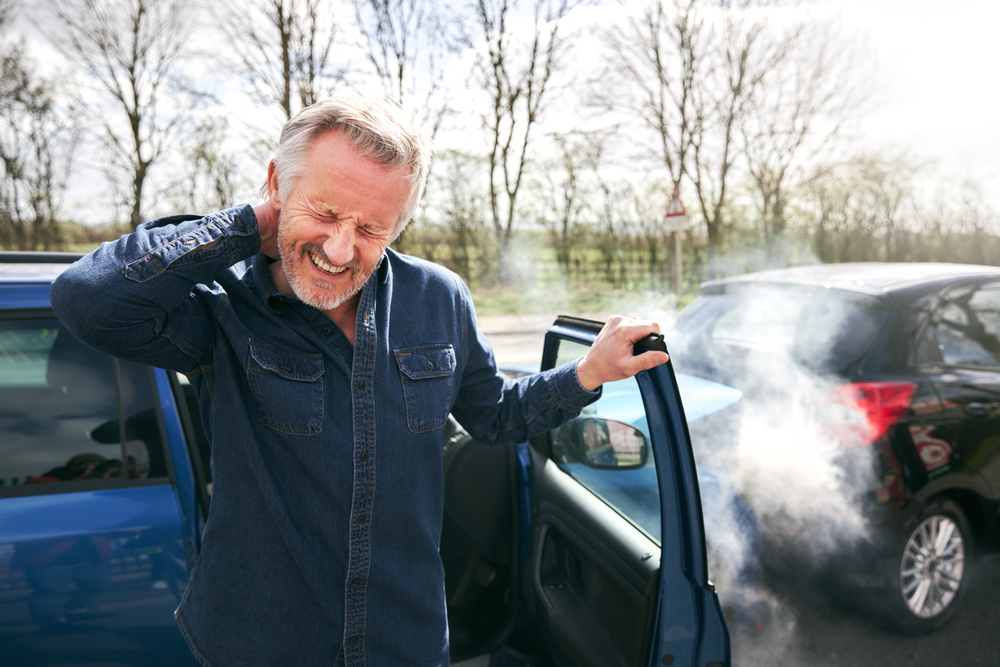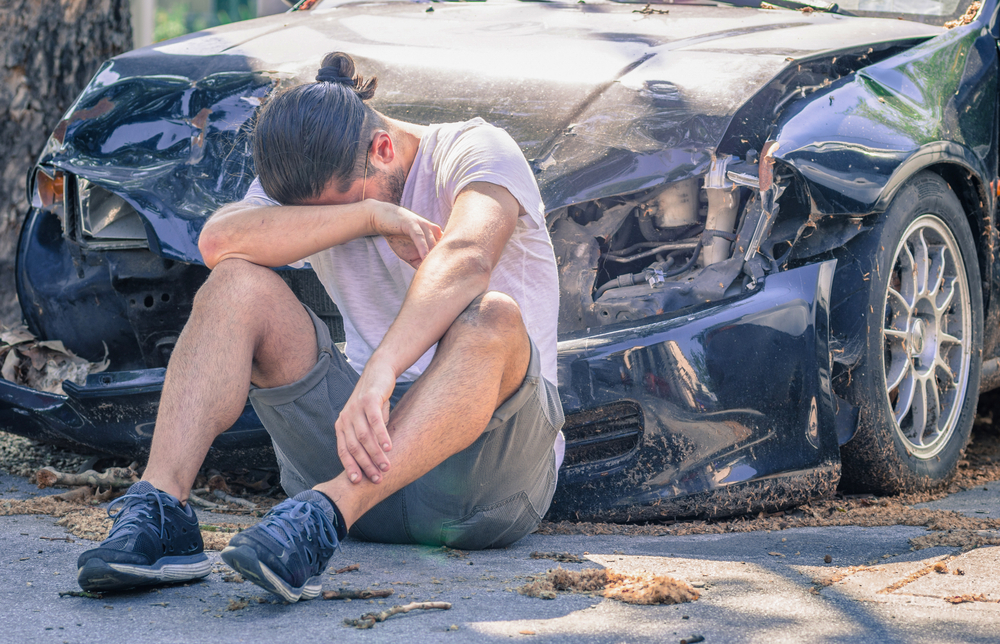The Role of Arvada Police Reports in Car Accident Claims

Written by Molly A. Ullrich

When someone is involved in a car accident in Arvada, police reports play a crucial role in the claims process. These reports provide an official, unbiased account of the incident, which insurance companies rely on to determine fault and assess damages. A detailed Arvada police report can significantly strengthen a car accident claim by offering clear evidence that supports the facts of the case.
Insurance companies request these reports to verify the accident’s circumstances and ensure claims are handled accurately. Without a police report, claimants may face challenges proving liability or the extent of losses, which could delay or reduce the settlement amount.
Understanding Arvada Police Reports and Their Contents
Overview of the Arvada Police Department’s Report Process
When officers arrive at an accident, they first ensure safety and provide medical aid if needed. Then, they secure the scene and collect evidence through observations, measurements, and photographs. The officers interview drivers, passengers, and witnesses to gather statements. They document vehicle positions, road conditions, and any visible damages or injuries.
After completing the initial data collection on-site, officers compile this information into a formal written report. This report is reviewed, approved, and filed by the Arvada Police Department. It is usually accessible to involved parties within days of the incident.
Types of Information Included in a Police Report
An Arvada police report includes basic details such as the date, time, and exact location of the accident. It records contact and insurance information for all drivers involved. The report contains descriptions of vehicles—make, model, color, and license plates. It also notes any traffic violations or citations issued at the scene.
Narrative sections explain the officers’ observations and their assessment of how the accident occurred. Injuries to passengers or drivers, witness statements, and environmental conditions like weather or lighting are detailed.
Photographs and diagrams showing vehicle positions and damage often accompany the written report. This comprehensive information supports fair and accurate car accident claims.
The Influence of Police Reports on Car Accident Claims
Importance of Police Reports in Car Accidents
Police reports document critical details such as the date, time, location, and parties involved in an accident. They often include the officer’s observations, witness statements, and sometimes citations issued for traffic violations.
This documentation serves as an objective record that insurance companies and legal professionals rely on to verify accident claims. Without a police report, claimants may struggle to prove fault or the extent of damages, which can delay or reduce compensation.
In Arvada, timely reporting to police is generally required for accidents involving injury or significant property damage, making these reports an essential step in the claims process.
Evidence Gathering and Presentation
Police officers collect evidence at the scene, including photographs, skid marks, and vehicle positions. They record statements from drivers, passengers, and witnesses, helping create a comprehensive incident narrative.
This evidence is organized systematically in the police report, allowing insurance adjusters and attorneys to review facts clearly. The report often includes diagrams illustrating the accident, contributing to a better understanding and analysis.
When disputes arise, this collected evidence becomes crucial for substantiating claims. Supporting information from the report reduces reliance on conflicting accounts that might hinder fair compensation.
Resolving Disputes and Claims
Police reports help clarify liability by providing an official perspective on fault based on evidence and witness input. Insurers use this to assign responsibility and decide claim outcomes more efficiently.
In cases of conflicting stories, the report serves as a neutral reference point that can prevent prolonged legal battles. It also supports negotiations between parties by outlining agreed-upon facts early in the claim process.
For claimants in Arvada, an accurate police report often leads to faster claims resolution and reduces the risk of claim denial due to insufficient evidence.
Accessing and Using Arvada Police Reports for Claims
Steps to Obtain an Arvada Police Report After an Accident
To get an Arvada police report, you must first wait 3 to 5 business days after the accident to allow the department to finalize the documentation. Reports can be requested online, by mail, or in person at the Arvada Police Department.
The requester needs the case number, date of the accident, and names involved. There is typically a fee for obtaining the report, which varies depending on the report type.
Once received, the report includes vital information such as driver statements, officer observations, and crash details. This information helps support insurance claims or legal proceedings related to the accident.

Legal Support for Car Accident Claims Involving Police Reports
Role of Smith & Weidinger PLLC in Assisting with Claims
Smith & Weidinger PLLC specializes in navigating the complexities of car accident claims where police reports play a critical role. Our firm thoroughly reviews the official reports to identify key facts supporting our clients’ cases.
We also investigate discrepancies or missing details that may affect liability or compensation. By combining legal expertise with detailed knowledge of local accident reporting procedures, we build stronger claims for our clients.
This proactive approach involves communicating with law enforcement and other parties to clarify or supplement the record. This increases the likelihood of a favorable resolution without unnecessary delay.
Supporting Clients in Assimilating Police Reports
Police reports often contain technical terms, legal jargon, and factual data that can be confusing for claimants. Legal professionals from Smith & Weidinger PLLC break down these reports into understandable components for our clients.
We highlight relevant sections such as witness statements, traffic citations, and diagram analyses that directly impact fault determination. This helps clients grasp the strengths and weaknesses of their claims.
Our firm also educates clients on how the police report fits into the overall claims process, including timelines and procedural requirements. This support reduces uncertainty and empowers clients to make informed decisions.
Clients’ Benefits from Expert Legal Guidance in Claim Adjustments
Expert legal guidance ensures that claim adjustments are fair and based on an accurate interpretation of police reports. Smith & Weidinger PLLC advocates on behalf of clients during negotiations with insurance companies.
We use the details within police reports to challenge undervalued offers or disputed fault assignments. Our involvement often results in higher settlements or proper recognition of damages.
Clients also benefit from our legal advice regarding the submission of evidence, filing of claims, and the possibility of pursuing litigation. This comprehensive representation protects clients’ rights throughout the adjustment process.
The Importance of Legal Expertise in Navigating Claims
Legal expertise bridges the gap between the facts recorded in police reports and the practical steps needed for successful claims. Smith & Weidinger PLLC’s detailed knowledge ensures clients do not overlook critical information.
By guiding clients in interpreting complex documents and advocating for rightful compensation, legal professionals play an essential role. Their services provide clarity, accuracy, and effective representation for those involved in car accident claims.
Note: The information provided in this blog post has been compiled from publicly available and secondary sources. While we strive for accuracy, some details may become outdated or contain inadvertent errors. If you believe any information is incorrect or requires updating, please contact Smith & Weidinger so that we may review and make the appropriate corrections.
Disclaimer: This blog post is for informational purposes only and is not intended as a solicitation for business. The photo used is not from the scene of the incident described. Viewing this content does not create an attorney-client relationship with Smith & Weidinger. If you have been injured in an accident, please seek immediate medical attention and then consult with a qualified attorney to discuss your legal rights and options.










